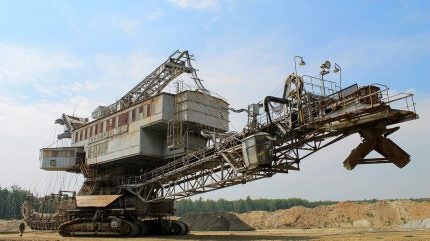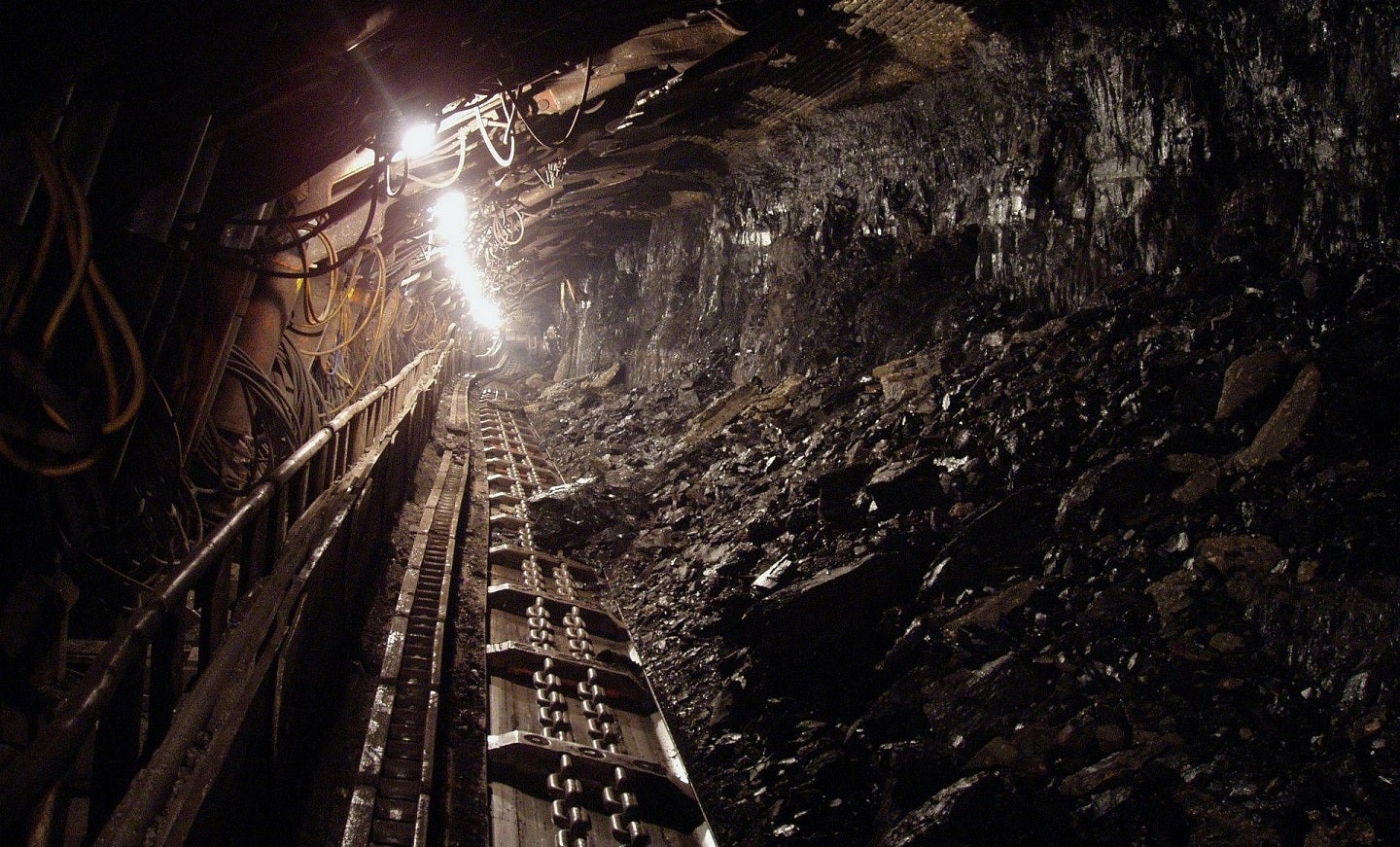Sign up for daily news updates from CleanTechnica on email. Or follow us on Google News!
The US offshore wind industry has been somewhat at sea of late, the latest development being the cancellation of three offshore leases by New York State. However, a new lifeline is heaving into sight. The US-based firm Ocergy has just welcomed a new investor on board to help accelerate its plans for commercializing a new lightweight floating wind platform, paired with a hyper-local manufacturing model aimed at cutting costs and speeding up assembly.
Ocergy Who?
CleanTechnica has spilled plenty of ink on floating wind technology, which unlocks new offshore wind sites in waters that are too deep for conventional fixed-platform construction (see lots more floating wind stories here).
Ocergy is new to the CleanTechnica radar, so we have some catching up to do. The San Francisco startup launched in 2019 as a bi-national project with a office in France, aiming to bring familiar cost-cutting industrial practices to the emerging field of floating wind.
The company’s signature product is OCG-Wind, a floating platform for offshore wind turbines that exhibits three key design principles.
One is a low Levelized Cost Of Electricity, which refers to a basis for comparing different kinds of electricity-producing systems. Ocery attributes the low LCOE of its floating platform to its light weight and a focus on minimizing capital expenditures.
Another principle involves the ability of offshore wind turbines to generate electricity at or close to 100% of the time.
The third design principle relates to the industrial process angle. Ocergy describes its manufacturing system as “large-scale deployment, enabled by full modularity with individual components that can be fabricated and transported efficiently and assembled near the wind farm site.”
“The lightweight modular hull can be fabricated and assembled in a fully industrial manner, maximizing the flexibility to use local and global supply chains,” Ocergy emphasizes.
More Floating Platforms For Bigger Offshore Wind Turbines
Ocergy has also focused its attention on a platform design that can accommodate today’s generation of supersized wind turbines.
That’s no small feat. Unlike platforms affixed to the ocean floor, floating platforms need to account for the force of every wave and swell, in addition to building in resistance to stormy weather.
The Ocergy approach involves tweaking the conventional three-column platform design to add a fourth column, enabling the turbine to sit in a central position. As described by Ocergy, the platform is a tensegrity structure, held together with tendons that connect the pairs of outer columns near their tops and bottoms. The stability of the four-column design also helps reduce the movement of the platform in response to waves, which helps to improve the efficiency of the wind turbine.
In terms of quayside operations, Ocergy also notes that distributing the weight among four columns, instead of three, allows for the platform to sit in shallower water, potentially opening up more local construction sites compared to platforms that require deeper water. The four-column design also streamlines the construction process by avoiding the need to re-balance the platform while the turbine is being assembled.
“Turbine assembly can be performed with existing cranes suitable to handle the weight and height of modern commercial-size offshore wind turbines,” Ocergy also explains.
Cutting The Cost Of Offshore Wind
Another element of the strategy is to use steel, which is lighter than the concrete hulls used in some floating platforms. “This eases final assembly and the use of a crane to perform the load-out operation and enables efficient fabrication using steel pipe factories,” Ocergy observes.
The modular fabrication/local assembly approach is becoming a familiar feature of the offshore wind industry, so it’s no surprise to see Ocergy designing their platform around that system.
“By fabricating component globally and assembling them close to the project site, a broader supply chain can be targeted, and the fully commissioned turbines can be installed offshore at the rate of at least one unit per week, a key requirement for the economic viability of commercial-scale floating offshore wind projects,” Ocergy explains.
 Chip in a few dollars a month to help support independent cleantech coverage that helps to accelerate the cleantech revolution!
Chip in a few dollars a month to help support independent cleantech coverage that helps to accelerate the cleantech revolution!
Assembling The Team
Contributing to the effort is Ocergy investor Moreld Ocean Wind, a Norwegian firm that describes itself as a “pure play independent technology, product, and solutions provider for the Floating Offshore Wind Industry, established for the purpose of executing large, complex offshore wind projects on an EPCI [Engineering, Procurement, Construction and Installation] basis.”
Moreld earmarked Ocergy for investment back in April of 2021, aiming to leverage modular construction to accomplish the goal of installing an entire wind farm in just one season. The company has also cemented relationships with its Moreld Apply engineering branch as well as other stakeholders including the consulting firm Global Maritime and the automated systems firm Origo Solutions.
For the record, Moreld Ocean Wind and the Moreld Group come under the umbrella of the powerful private equity investor HitecVision. The firm began in the oil and gas industry 30 years ago and is making a pivot into clean tech.
In the latest news from Ocergy, earlier this week the fast-moving firm Octopus Energy announced that its newly formed Vector offshore wind fund has also lent its financial firepower to help bring the new floating platform to market.
“The green tech disruptor is already working with over a dozen major developers across multiple gigawatts (GW) of projects, with their first foundations to be installed by 2025/26, Octopus enthused in a press release dated April 24.
“Octopus’ investment will help commercialise Ocergy’s tech and fuel the company’s rapid expansion into new markets. It will also enable it to grow its cutting-edge environmental data and biodiversity monitoring system,” Octopus added, referring to the new data collection buoy developed by Ocergy.
New Life For The US Offshore Wind Industry
The US offshore wind industry has been trying to hit a moving target against the shifting winds of government policy-making and new technology developments ever since the ill-fated Cape Wind project began to pick up steam during the Obama administration, only to run aground just a few years later.
New York State provides a good illustration of the on-again, off-again, on-again track of offshore wind development. Earlier this week the news organization Engineering News-Record provided a good rundown of the latest kerfuffle, which began back in 2023 when GE Vernova announced that it could not deliver the gigantic 18-megawatt offshore wind turbines originally planned for three different wind farms under New York’s purview.
The replacement turbines weighed in at 15.5-16.5 MW capacity, which New York officials determined were not consistent with the terms of the original contracts, so there went approximately 4 gigawatts of offshore wind potential up in smoke, or not, as the case may be. ENR also reported that New York is already seeking to accelerate 2.6 gigawatts of replacement and/or rebidded contracts for offshore wind.
Meanwhile, offshore wind activity has been picking up elsewhere in New York and along the East Coast, where coastal conditions are ripe for conventional fixed-platform wind farm construction. The Pacific coast is where the bulk of the US floating wind deployment will take place, and Ocergy could hit that sweet spot where policy and technology converge.
Keep an eye out for other new cost-cutting technologies in the floating wind field as well, such as a new deep-sea connection system supported by the US Department of Energy.
Follow me @tinamcasey on Bluesky, Threads, Instagramt, and LinkedIn.
Image (cropped): The US startup Ocergy is readying a modular, hyper-local, cost-cutting system for manufacturing new floating wind platforms (courtesy of Ocergy).
Have a tip for CleanTechnica? Want to advertise? Want to suggest a guest for our CleanTech Talk podcast? Contact us here.
Latest CleanTechnica.TV Video
CleanTechnica uses affiliate links. See our policy here.





